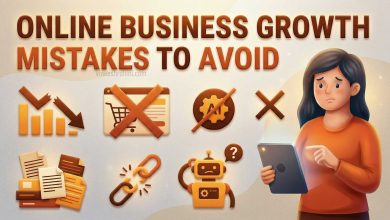Why The Indian B2B Ecommerce Market Will Boom
The Indian ecommerce market has witnessed unprecedented growth in recent years, with the rapid expansion of the B2C (business-to-consumer) segment. However, the B2B (business-to-business) ecommerce market in India is still largely unexplored, with immense potential for growth. In this essay, we will explore the reasons why the Indian B2B ecommerce market is set to boom in the coming years.
- Increasing internet penetration and digital adoption
India has witnessed a significant increase in internet penetration over the past few years, with more than 50% of the population having access to the internet. With the growing adoption of smartphones and affordable data plans, more and more businesses are going online. This has led to the emergence of several B2B ecommerce platforms that cater to the needs of small and medium-sized enterprises (SMEs).
- Emergence of new-age technology
The advent of new-age technologies such as artificial intelligence (AI), machine learning (ML), and blockchain has transformed the way businesses operate. These technologies have enabled B2B ecommerce platforms to offer customized solutions to businesses, thereby increasing efficiency and reducing costs. For instance, AI-powered platforms can offer personalized recommendations to businesses, while blockchain-based platforms can provide secure and transparent transactions.
- Increase in demand for customized solutions
The Indian B2B market is highly fragmented, with businesses operating in a wide range of sectors. Each sector has its unique requirements and demands, making it difficult for businesses to find standardized solutions that meet their needs. B2B ecommerce platforms that offer customized solutions are, therefore, in high demand. This has led to the emergence of several niche B2B ecommerce platforms that cater to specific industries, such as construction, healthcare, and hospitality.
- Growing importance of supply chain efficiency
Supply chain inefficiencies have been a major challenge for businesses in India, with high logistics costs and lengthy delivery times. B2B ecommerce platforms that offer supply chain solutions, such as inventory management, order tracking, and warehousing, have, therefore, gained significant traction in recent years. With the increasing demand for just-in-time (JIT) deliveries and efficient supply chain management, B2B ecommerce platforms that offer these solutions are set to see significant growth in the coming years.
- Rise of e-commerce aggregators
The rise of e-commerce aggregators has transformed the Indian B2B ecommerce market. These aggregators act as intermediaries between manufacturers and retailers, providing a single platform for businesses to source products and services. This has enabled businesses to streamline their procurement processes, reducing costs and increasing efficiency. E-commerce aggregators are set to see significant growth in the coming years, with more and more businesses opting for these platforms.
- Increasing government support
The Indian government has been actively promoting the growth of the ecommerce sector in the country. The launch of initiatives such as Digital India and Make in India has created a favorable environment for businesses to go online. The government has also been taking steps to simplify the regulatory framework for ecommerce businesses, making it easier for them to operate. With the increasing government support, the Indian B2B ecommerce market is set to boom in the coming years.
- Growing focus on customer experience
The focus on customer experience has become a key differentiator for businesses in the B2B ecommerce market. B2B ecommerce platforms that offer a seamless and personalized experience to their customers are gaining significant traction. These platforms use data analytics and AI-powered algorithms to offer personalized recommendations and improve the overall customer experience. With the growing focus on customer experience, B2B ecommerce platforms that offer these solutions are set to see significant growth in the coming years.
Conclusion



